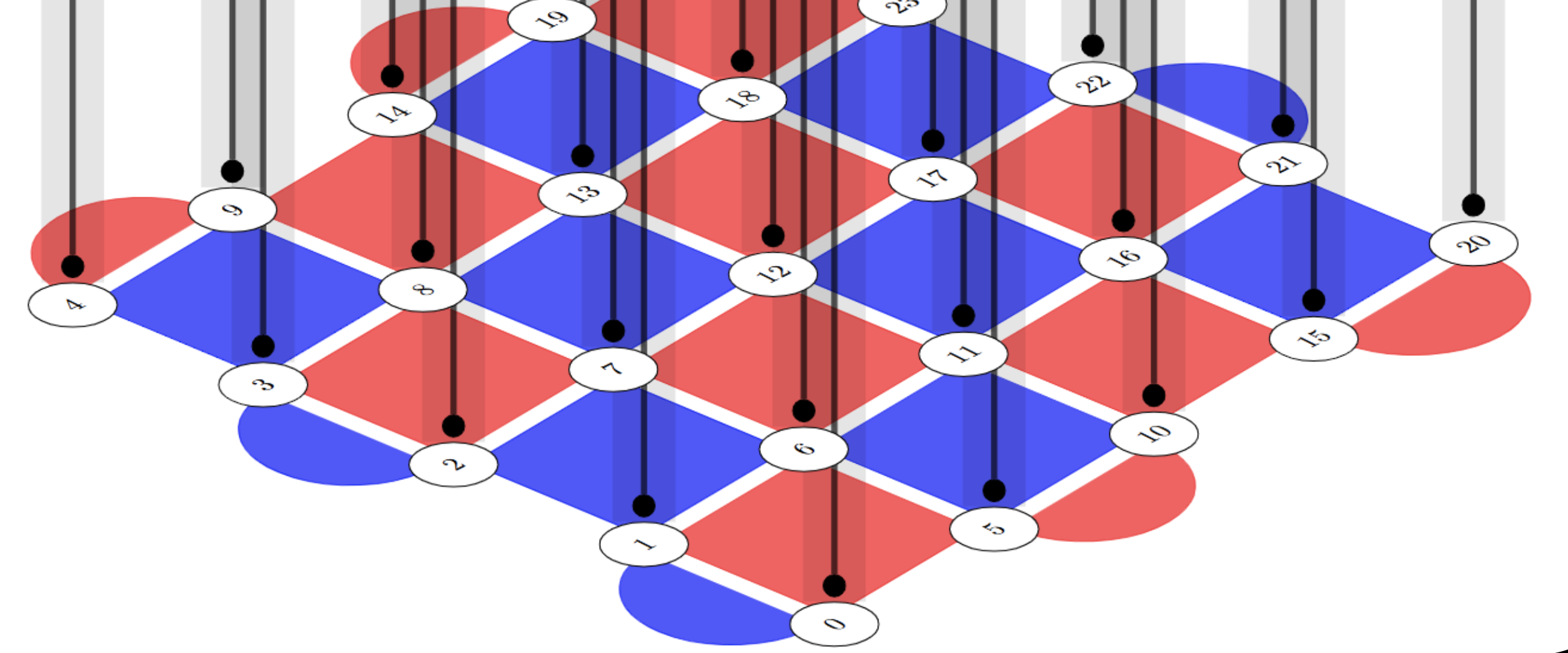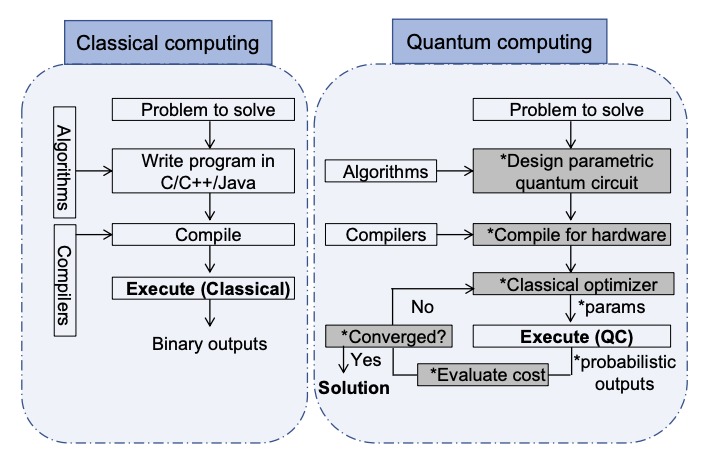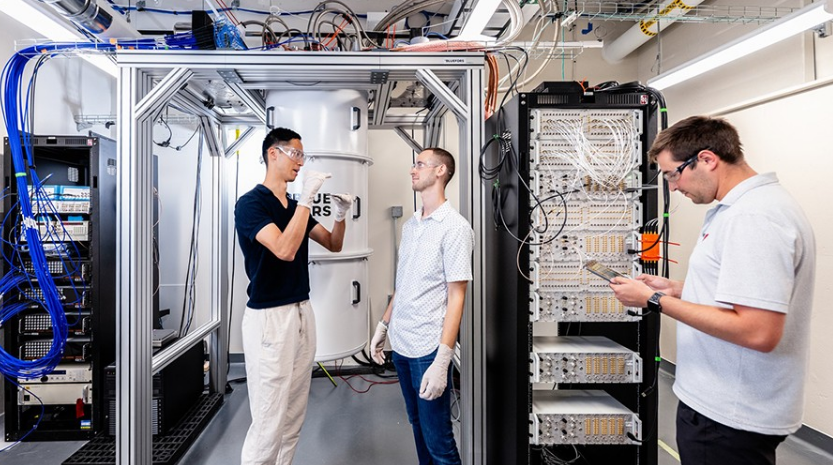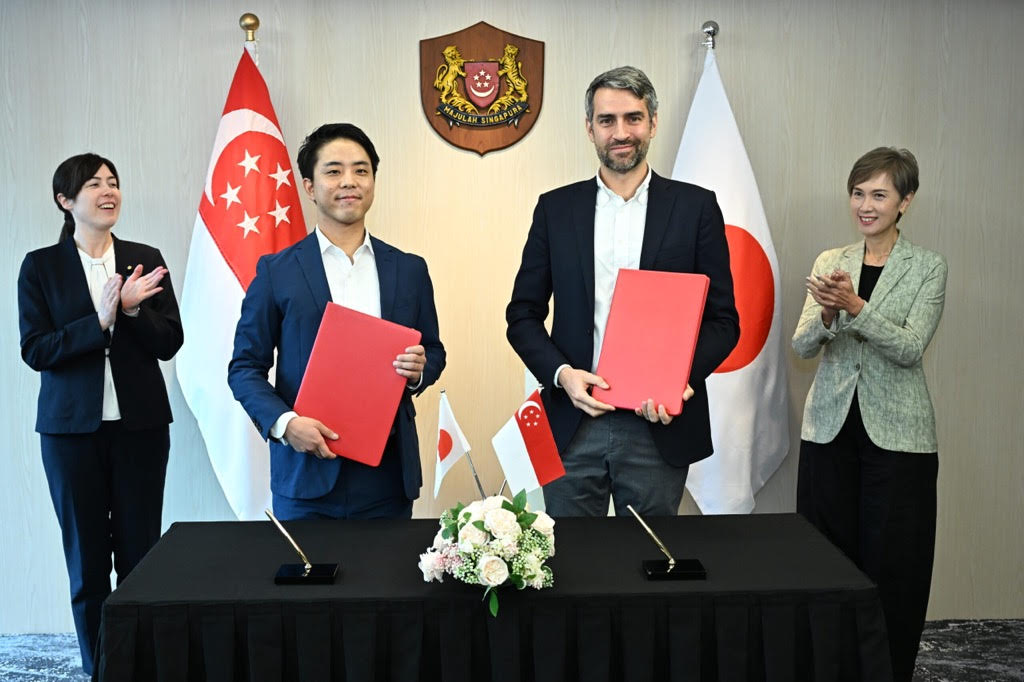Insider Brief
- Universal Quantum has developed a method that improves error correction in long-distance quantum operations, taking a step toward making quantum computers more reliable and scalable.
- The team’s research focuses on using trapped ions to perform two-qubit operations with high fidelity, crucial for complex quantum computations.
- Their new approach to implementing transversal CNOT gates significantly reduces time complexity, potentially advancing the performance of trapped-ion quantum computers.
Long-distance quantum information, give me high fidelity...
At least that’s how Chuck Berry would have announced Universal Quantum’s latest advance in error correction. However, the researchers at Universal Quantum, a UK-based quantum computing company, being much more low-key, simply report their new error correction technique, published on the pre-print server ArXiv, as a significant step in their quest to build fault-tolerant quantum computers.
The team, including Kwok Ho Wan, Mark Webber, and Winfried K. Hensinger from Universal Quantum, in collaboration with Austin G. Fowler from Google, reports in a release on the company website that they developed a method that better fixes errors in long-distance quantum operations, creating a path toward making quantum computers more reliable and scalable.

At the heart of this research is the use of trapped ions, a type of qubit — which is a basic unit of quantum information — that is known for its stability and long coherence times. Universal Quantum’s team has developed a method to shuttle these trapped ions over long distances while maintaining high fidelity, which is often used as a measure of accuracy in quantum information science.
This capability is crucial for performing two-qubit operations, which are necessary for complex quantum computations, the team writes.
One of the key outcomes of this research is the development of transversal logical CNOT gates. The CNOT gate is a fundamental operation in quantum computing that involves two qubits, where the state of one qubit controls the state of the other. In this context, “transversal” refers to the implementation of CNOT gates across qubits that are physically distant from each other. This is achieved through a series of physical CNOT operations between individual qubits, resulting in a logical CNOT operation at a higher level of quantum computation.
We had correlated error trouble / it turned into a struggle
However, this approach introduces correlated errors — errors that occur simultaneously across multiple qubits — that can severely degrade the performance of quantum computations if not corrected. To address this, the team at Universal Quantum developed an innovative “multi-pass iterative decoder.” This decoder is designed to track and correct these errors effectively, even under realistic noise conditions, which are inevitable in practical quantum systems.
The researchers also compared the efficiency of this new approach with an existing quantum computer error correction method known as lattice surgery. The findings revealed that the transversal CNOT gates reduce the time complexity of QEC rounds to O(1), which means each round of error correction can be completed in a fixed amount of time, regardless of the number of qubits or the size of the quantum system.
If it holds up to peer review, this is a significant improvement over the lattice surgery approach, which is limited by the physical arrangement of qubits and their nearest neighbors. Moving from features to benefits, here, this reduction in time complexity suggests a path toward faster and more efficient quantum computations.
Workin’ on a C-Not Gate a la carte / Flying over to the Quantum State
The team suggests that the implications of this research could be far-reaching for both ion-trap devices, specifically, and quantum computing, in general. They write that by lowering the time complexity of critical quantum operations, Universal Quantum’s approach could help trapped-ion quantum computers perform on par with other quantum platforms that rely on different types of qubits. The method would not only enhance computational efficiency but would also aligns with Universal Quantum’s long-term goal of scaling up to one million qubits and beyond.
Looking ahead, the team plans to conduct further analysis on different hardware-specific error models to better understand their impact on the performance of transversal CNOT gates. This will allow for more precise resource estimation and optimization, which are essential for building practical and scalable quantum computers.
The team writes that their efforts in this study match the company’s mission, according to the statement: “Solve scale. Change the world” They add that” “Quantum computers have the potential to overcome some of humanity’s greatest challenges. To realise this potential, we need to build machines that scale. This is what we do at Universal Quantum. We are a team of passionate engineers, scientists, and operational staff, driven by a shared mission: to build the technology that will transform our world.”
Read more about the discovery at Universal Quantum’s website.
If you want to explore the study in more technical depth than this article can provide, please see the ArXiv paper.
Credit Promiseland and Memphis Tennessee, by Chuck Berry


















